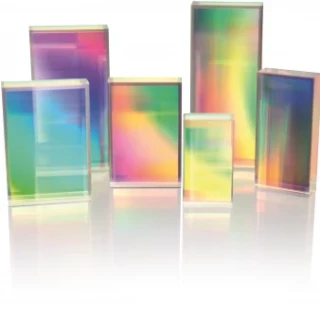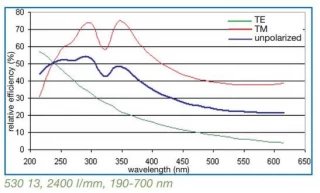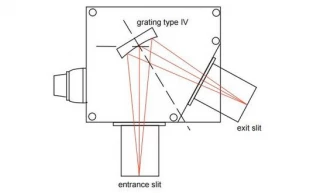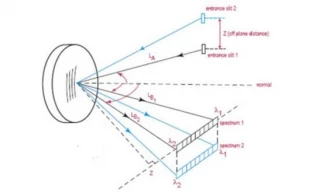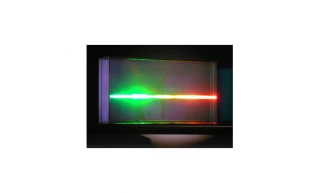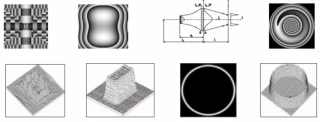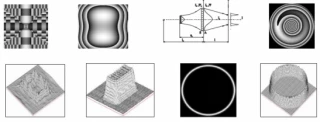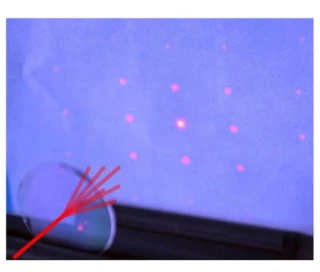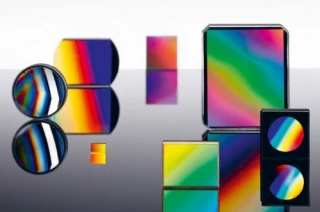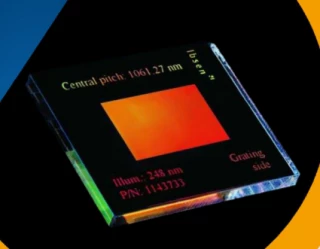Diffractive Optics and Gratings
Frequently Asked Questions
What types of applications are diffractive optics and gratings used in?
Diffractive optics and gratings are used in a wide range of applications, including spectrometry, interferometry, telecommunications, and laser systems. They are particularly useful in applications that require precise control of wavelength and polarization.
How are diffractive optics and gratings designed and manufactured?
he design and manufacturing of diffractive optics and gratings requires specialized knowledge and equipment. They are typically made using micro- or nano-scale lithography techniques, and can be customized to meet specific application requirements.
What is the difference between diffractive optics and gratings?
Gratings are a type of diffractive optics that use a periodic structure to split and diffract light. Diffractive optics, on the other hand, use micro- or nano-scale structures to manipulate light through diffraction, rather than refraction or reflection.
Can diffractive optics and gratings be used for different wavelengths and polarizations?
Yes, diffractive optics and gratings can be optimized for different wavelengths and polarizations, enabling precise control of the light path. This makes them particularly useful in applications that require precise control of wavelength and polarization.
What types of materials are used for diffractive optics and gratings?
Diffractive optics and gratings can be made from a variety of materials, including glass, and plastics. The choice of material depends on the specific application requirements, such as wavelength range, temperature range, and environmental conditions.
The selection of diffractive optics and gratings includes a range of products for various applications, including spectrometry, interferometry, and telecommunications. These products are designed to manipulate light through diffraction, enabling precise control of wavelength and polarization. Shop now and contact various suppliers to find the best product for your needs.
